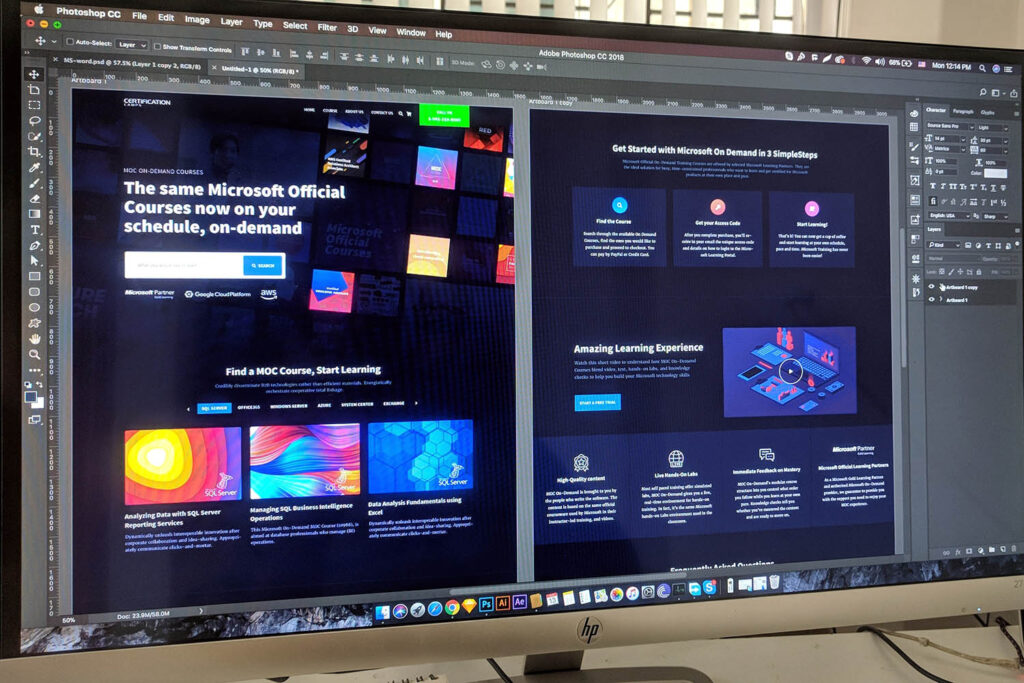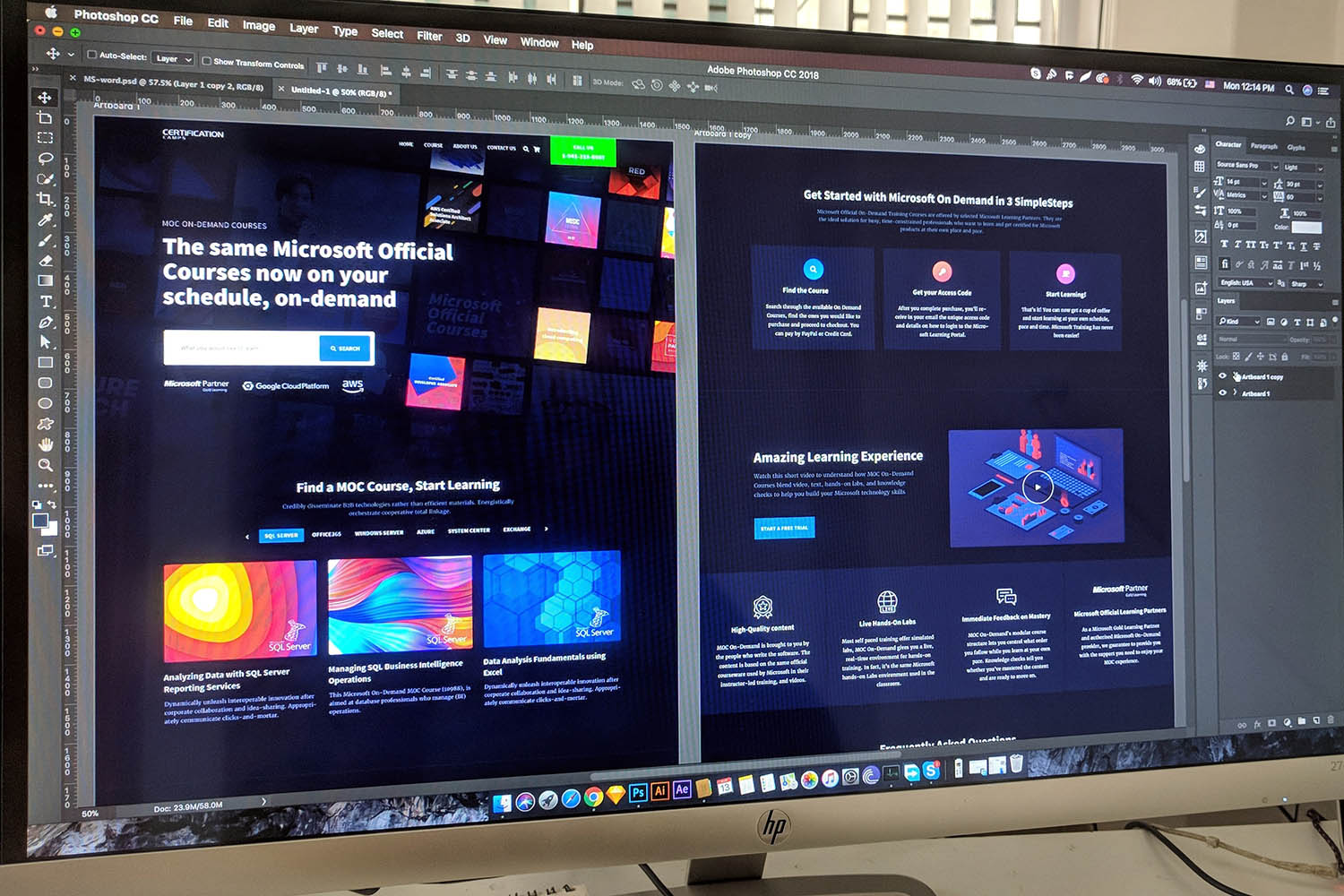
How Long Does It Take to Rank a Web Page on Google?
Understanding the Timeline for Google Web Page Positioning
When positioning a web page on Google, there’s no one-size-fits-all answer. The timeline can vary significantly depending on numerous factors, including the quality of your content, the competitiveness of your keywords, and the overall SEO strategy you employ. However, a study by Ahrefs suggests that, on average, a page that ranks in the top 10 Google search results is typically 2-3 years old.
Factors Influencing Web Page Positioning
Quality and Relevance of Content
Google’s algorithms prioritize high-quality, relevant, and valuable content to users. This means that your content should be well-researched and accurate and provide useful information that answers the queries of your target audience.
Keyword Optimization
Strategic use of keywords, including long-tail keywords, is crucial for web page positioning. Long-tail keywords are longer and more specific keyword phrases that visitors are more likely to use when they’re closer to a point of purchase or using voice search. They’re a bit counter-intuitive initially, but they can be hugely valuable if you know how to use them.
Backlinks
Backlinks, or links from other websites to your page, are a significant factor in Google’s ranking algorithm. They endorse your content, signaling to Google that your page is a valuable resource.
User Experience (UX)
Google’s algorithm also takes into account the user experience on your website. This includes page load speed, mobile-friendliness, easy navigation, and intrusive pop-ups.

Essential Characteristics for a Search Engine-Friendly Web Page
Mobile-Friendly Design
With most searches now conducted on mobile devices, Google has implemented a mobile-first indexing policy. This means that the mobile version of your website is considered the primary version for ranking purposes.
Fast Loading Speed
Page speed is a critical ranking factor for Google. Slow-loading pages provide a poor user experience and can lead to higher bounce rates.
Secure Website
Google prioritizes secure websites. This means your website should use HTTPS, a secure version of HTTP.
Clear and Logical Structure
A well-structured website with clear navigation helps search engines understand your website better, leading to improved ranking.
Original and Engaging Content
As mentioned earlier, the quality and relevance of your content are crucial. Original, engaging content that provides value to users is more likely to be shared, linked to, and ranked higher by Google.
The Journey to Google Ranking: A Marathon, Not a Sprint
Positioning a web page on Google is a long-term process that requires consistent effort and a strategic approach. It’s important to focus on creating high-quality content, optimizing your website for SEO, and providing a great user experience. With patience and persistence, your web page can climb the ranks and achieve a top position on Google.
The Role of SEO in Web Page Positioning
On-Page SEO
On-page SEO refers to optimizing individual web pages to rank higher and earn more relevant traffic in search engines. This includes the content of individual pages as well as HTML source code. Key aspects of on-page SEO include:
- Title tags: These should be unique for each page, include your target keywords, and be under 60 characters to ensure they display correctly in search results.
- Meta descriptions: While not a direct ranking factor, a compelling meta description can improve click-through rates. Include your target keywords and make it clear what the page is about.
- URL structure: URLs should be SEO-friendly, meaning they are short, descriptive, and include keywords.
- Image optimization: Images should be compressed for faster loading and include alt text for accessibility and to provide context to search engines.
Off-Page SEO
Off-page SEO refers to actions taken outside of your website to impact your rankings within search engine results pages (SERPs). This primarily involves building high-quality backlinks and includes social media and influencer marketing.
- Backlinks: As mentioned earlier, backlinks are a significant factor in Google’s ranking algorithm. Aim to build links from high-authority websites in your industry.
- Social signals: While not a direct ranking factor, there’s a correlation between social shares and ranking position. High-quality, engaging content is more likely to be shared on social media, increasing visibility and the potential for link-building.
- Influencer marketing: Collaborating with influencers in your industry can help to increase your reach, build your brand, and generate backlinks.
Technical SEO
Technical SEO refers to optimizing your website for the crawling and indexing phase. This ensures that search engines can crawl and index your website without problems. Key aspects of technical SEO include:
- Website speed: As mentioned earlier, page speed is a critical ranking factor. Use tools like Google’s PageSpeed Insights to identify and fix any issues slowing down your site.
- Mobile-friendliness: Ensure your website is responsive and provides a good user experience on all devices.
- XML sitemap: An XML sitemap helps search engines understand the structure of your site and find all of its pages.
- Robots.txt file: This file tells search engines which pages or sections of your site they should or shouldn’t crawl.
- Secure Sockets Layer (SSL): SSL is a security technology for establishing an encrypted link between a web server and a browser. Google gives a slight ranking boost to websites using SSL.
Monitoring Your Progress
Once you’ve implemented your SEO strategy, monitoring your progress is important. Use tools like Google Analytics and Google Search Console to track your rankings, organic traffic, and the performance of your keywords. This will allow you to identify what’s working, what isn’t, and make adjustments as necessary.
Conclusion
Ranking a web page on Google is a complex process that involves a wide range of factors. It requires a strategic approach, consistent effort, and patience. However, by creating high-quality, relevant content, optimizing your website for SEO, and providing a great user experience, you can improve your chances of achieving a top position in Google’s search results.
